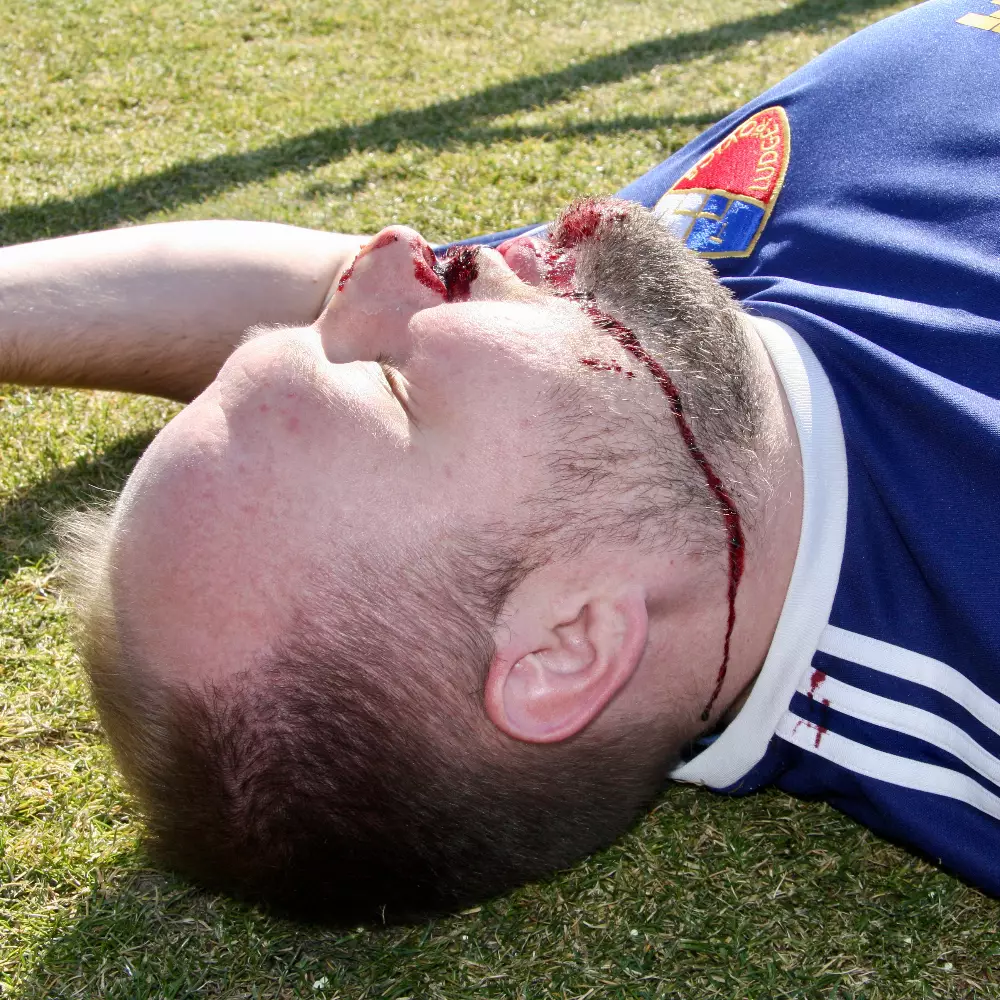Traumatic cardiac arrest
Hypoxic cardiac arrest is the reason of traumatic cardiac arrest in up to 7% of cases. On the hypoxic cardiac arrest is necessary to think in case of airway injury.The most important step to eliminate the risk of hypoxic arrest is: adequate airways management, adequate ventilation, high inspiratory concentration of oxygen. At the secured patient we can be alerted by: gradual bradycardia that doesn't respond to atropine and progressing to asystole, electromechanical dissociation and later isoelectric lines, low FiO2 fraction and an increased EtCO2.
Review
Traumatic cardiac arrest is a medical emergency, when it is essential to proceed systematically and to eliminate reversible causes. In case of traumatic arrest, the reversible causes are narrowed to 2T and 2H. Correct sequence of procedures during initial care performed by EMS and ER doctor, leads to eliminate (eliminating) every other cause except hypoxia. I consider this algorithm to be very well made and practical.
Sources
TRUHLÁŘ, A., PAŘÍZKOVÁ, Č.R., JML, D., DJAKOW, J., DRÁBKOVÁ, J., FRANĚK, O. et al. 2021. Supplementum: Doporučené postupy pro resuscitaci ERC 2021: Souhrn doporučení. Anest. intenziv. Med., 32, . Avaible from: https://aimjournal.cz/pdfs/aim/2021/88/03.pdf
KETTNER, Jiří and Josef KAUTZNER. Akutní kardiologie. 3rd ed, Prague: Grada, 2021. ISBN 978-80-271-3096-2.
MÁLEK, Jiří and Jiří KNOR. Lékařská první pomoc v urgentních stavech. Prague: Grada, 2019. ISBN 978-80-271-0590-8.
DURILA, Miroslav. Point of care ultrazvuk u kritických stavů. Point of Care Ultrasonography in Critical Care. Prague: Grada, 2021. ISBN 978-80-271-3058-0.
ŠEBLOVÁ, Jana and Jiří KNOR. Urgentní medicína v klinické praxi lékaře. 2nd, supplemented and updated ed. Prague: Grada, 2018. ISBN 978-80-271-0596-0.
Learning targets
2.The student is familiar with the role of oxygenation and the aids for difficult airway management.
3.The student can provide CPR using pharmacological and device options prior to arrival at the hospital.
Key points
2. Securing the airway during traumatic cardiac arrest may occure with difficulties associated with orofacial injury.
3. Hypoxic circulatory arrest is often associated with bradycardia and asystole.





